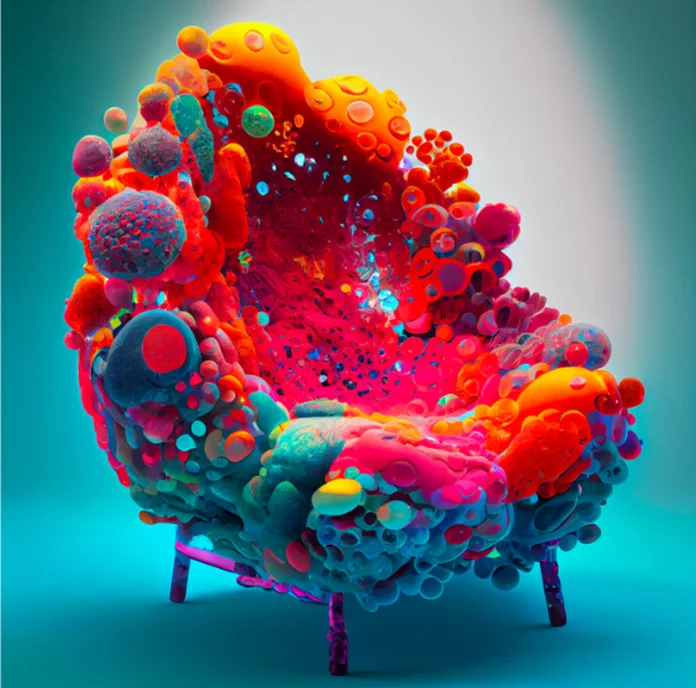
A chair made of colorful bubble structures with a study on corals, created by Istituto Marangoni Milano Design Professor Lorenzo Bustillos, also known as Lorbus, using artificial intelligence tools | Source: Istitutomarangoni
Product design has always been a balance of user-centricity, aesthetics, and functionality. But as user expectations become more complex and market dynamics shift rapidly, staying ahead in this field demands constant innovation and adaptability.
This is where Artificial Intelligence (AI) steps in. While often seen as a buzzword, AI is transforming product design by enhancing creativity, collaboration, and efficiency. Rather than viewing AI as just “Artificial Intelligence,” it’s time to embrace it as “Augmented Intelligence”—a tool that amplifies human creativity and bridges the gap between designers and consumers.
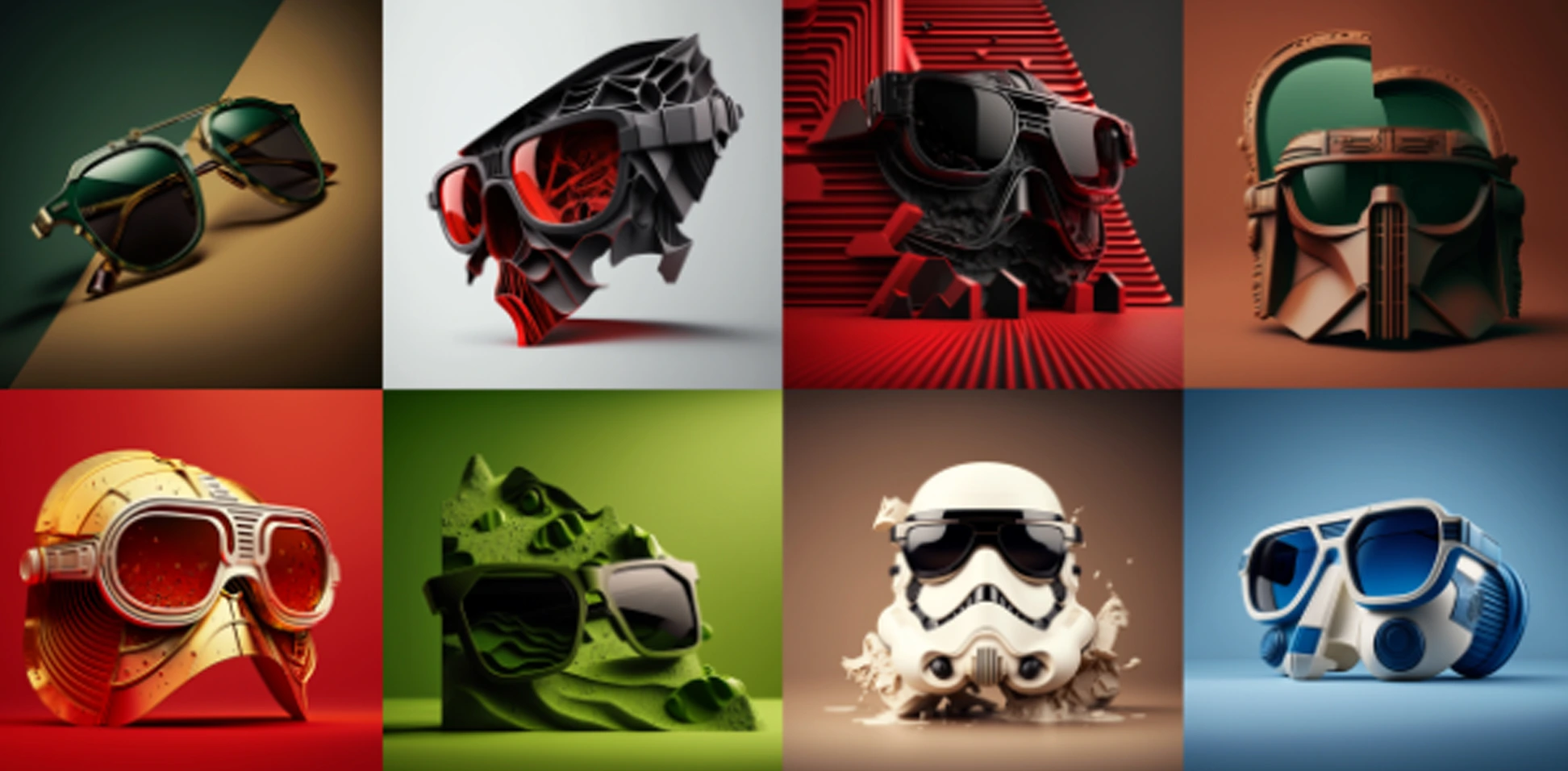
Star Wars-themed sunglasses design generated by AI | Source: Alberto Macchi, LinkedIn
By learning from past inputs, AI helps designers understand user needs more deeply and predict future trends, enabling them to create more relevant, user-friendly, and impactful designs.
How AI is Changing the Product Design Process
AI technology offers product designers numerous benefits, enabling efficient and innovative designs when used effectively for optimal results.
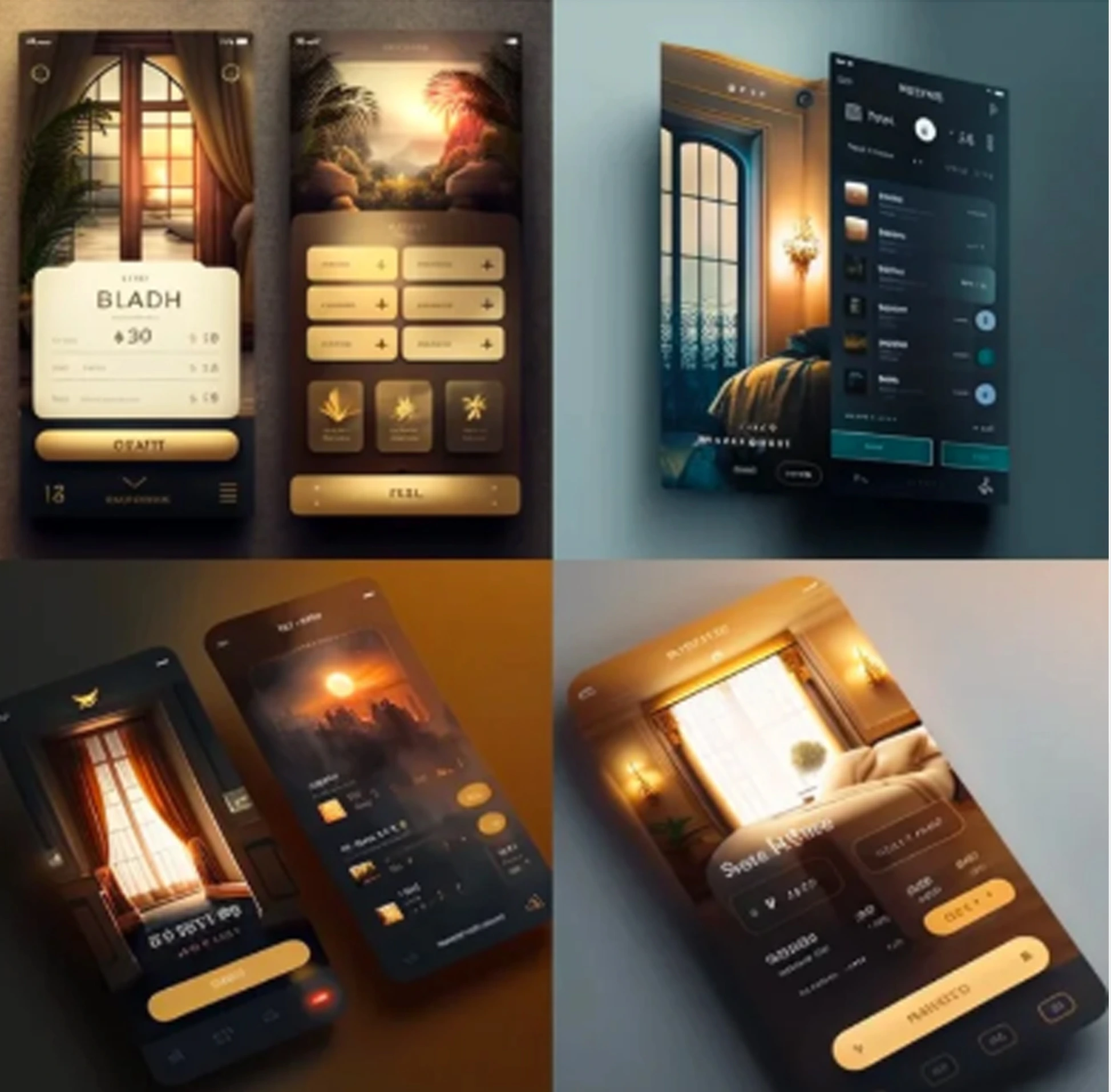
Hotel booking app concept generated by Midjourney | Source: netguru
Enhancing Creativity
AI empowers product designers to enhance creativity and deliver efficient, brief-adherent designs within limited timeframes and helps in streamlining their workflows.Tools like Adobe Sensei take care of repetitive tasks like image editing and layout suggestions, giving designers more time to focus on their ideas.
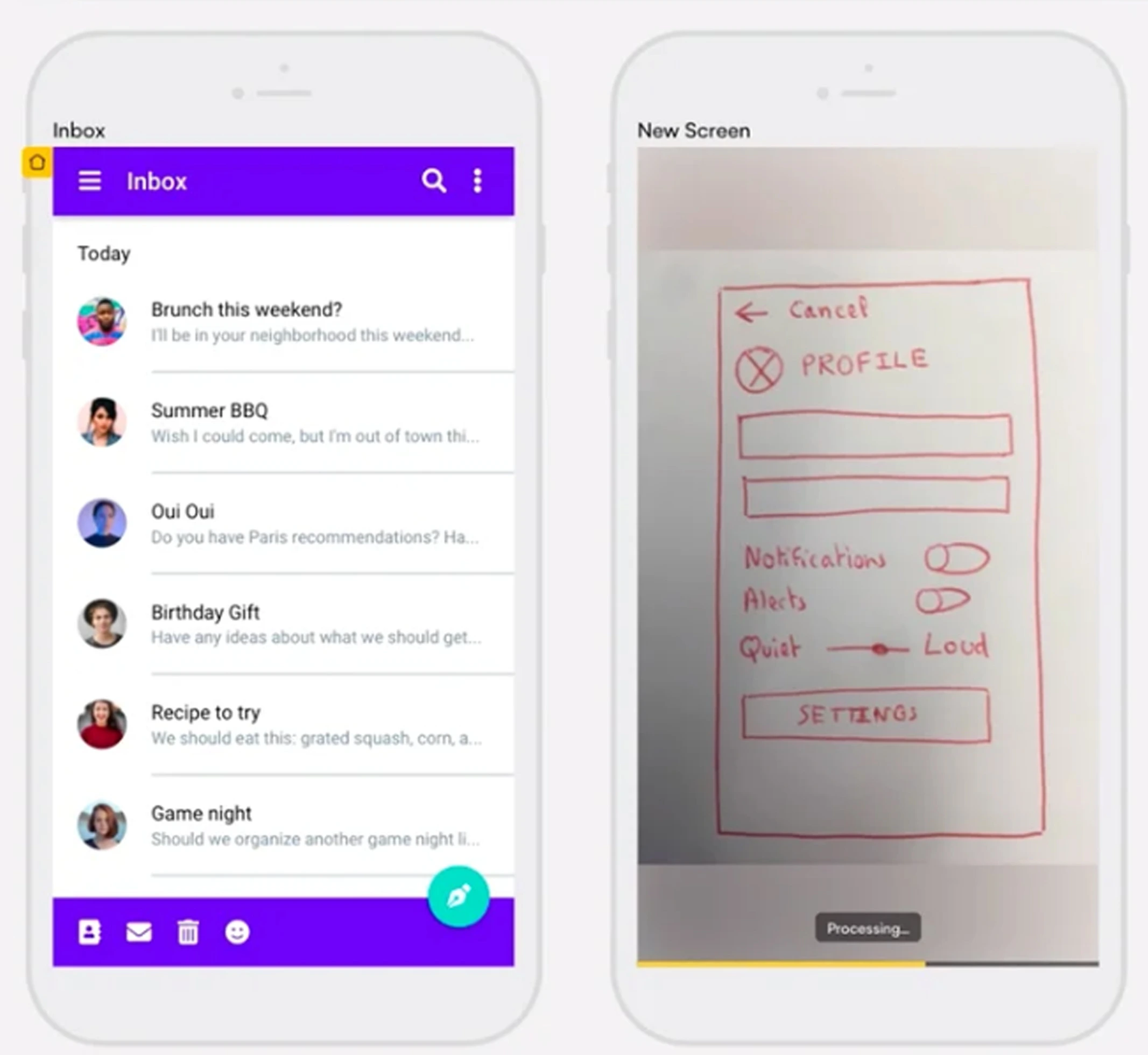
Photo to wireframe prototyping by Uizard | Source: netguru
Autodesk Generative Design helps by creating design options based on material, cost, and performance needs. Uizard also adds to the generation of product wireframes, mock-ups and prototypes.
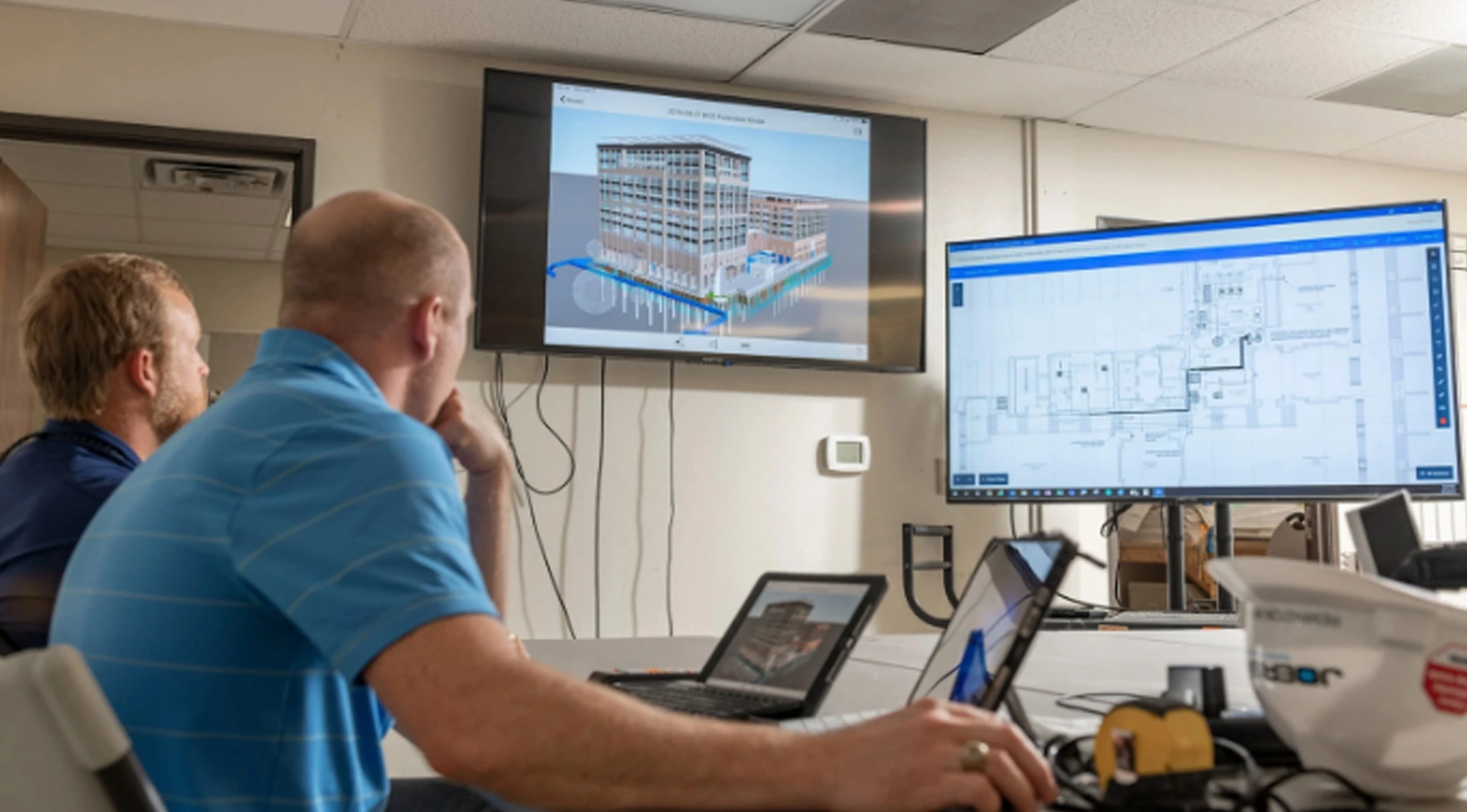
Generative AI improvisation by Autodesk generative design | Source: netguru
AI-assisted ideation adds a personal touch by suggesting design improvements based on user preferences, market trends, and environmental factors, enabling more innovative and tailored solutions.
Automating Repetitive Tasks
AI integration has also helped product designers accelerate their workflow by automating tasks like drafting, material selection, and continuous prototyping for testing and iteration.
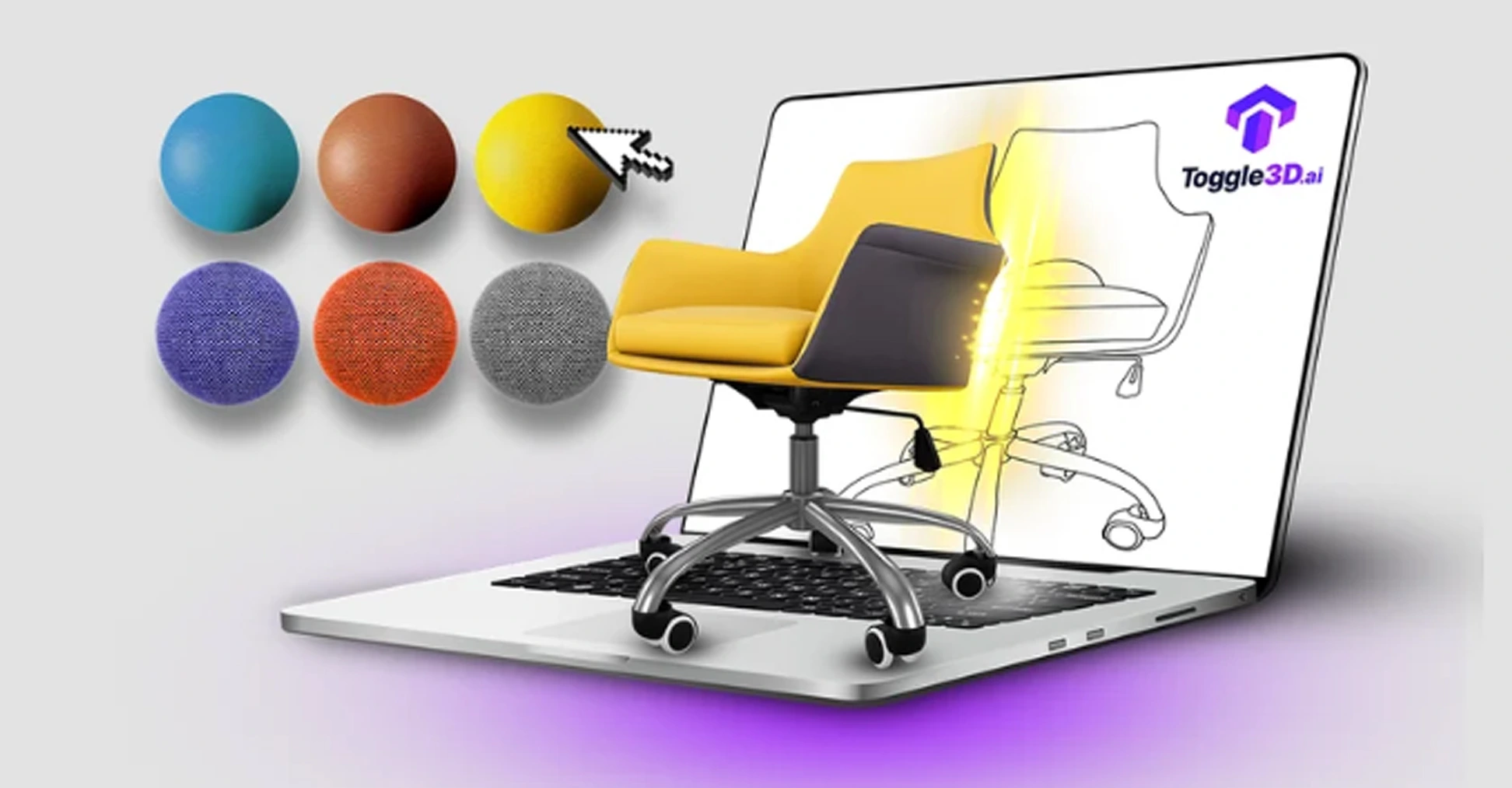
Toggle 3D.ai enabling product designers with material enhancement | Source: nextechar
Designers are using Toggle3D.ai to convert CAD files into customizable, web-friendly 3D models for product visualization and VR experiences, enabling ongoing testing and iteration. This integration not only streamlines workflows but also reduces the extensive man hours typically required.
Data-Driven Design Decisions
As product designers, data driven design decisions are needed to enable them to fit in with the shifting consumers preferences and industry trends.
Tools like Copy.ai enable designers to effectively communicate their ideas, building trust by explaining design solutions.
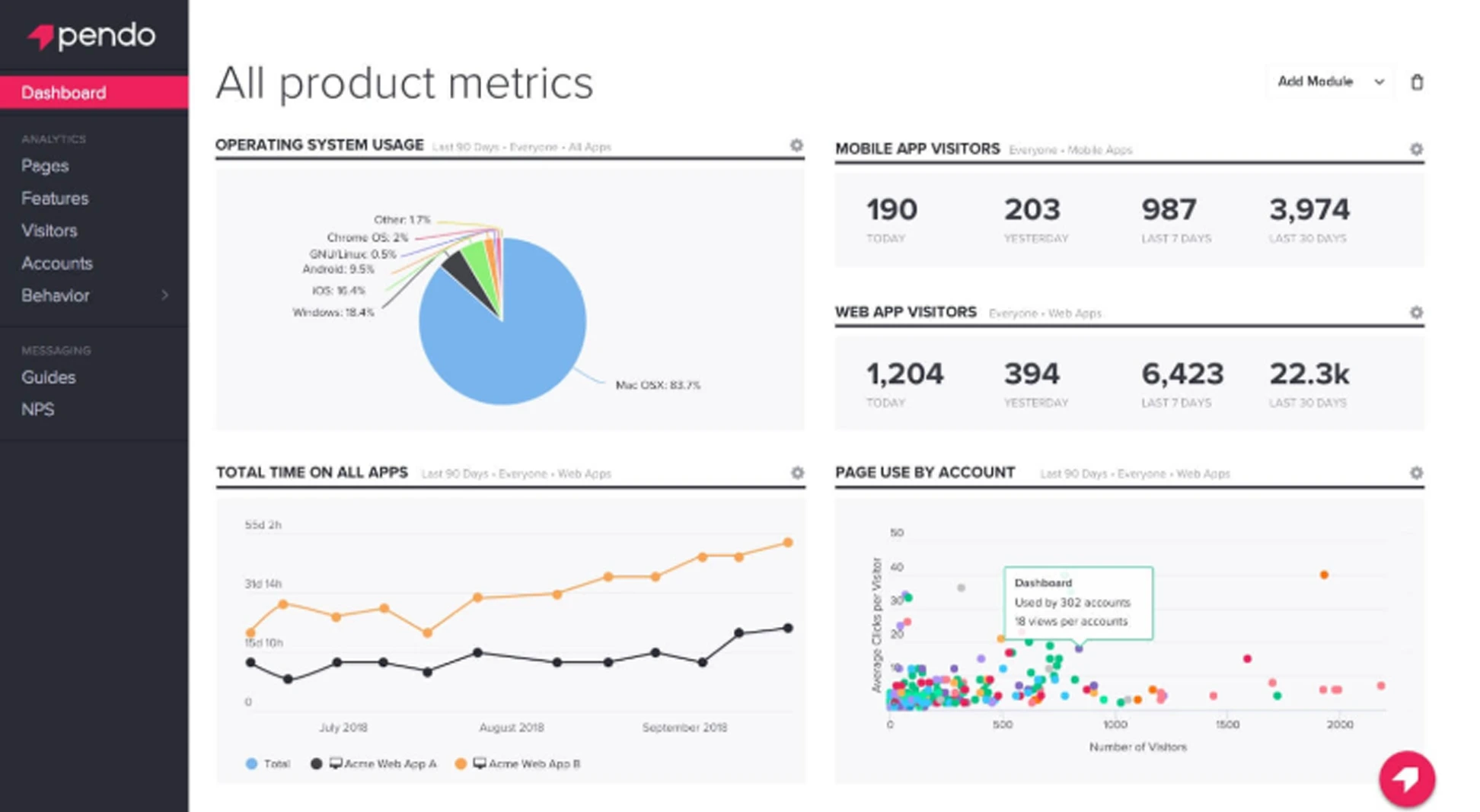
Pendo dashboard for product metrics | Source: Pendo
Pendo, an AI-powered product analytics platform, enhances user experiences by analyzing behavior and providing insights. This enables product designers to drive product adoption and enhance collaboration, helping teams make informed, data-driven decisions and refine designs based on real user insights.
Personalization and Customization
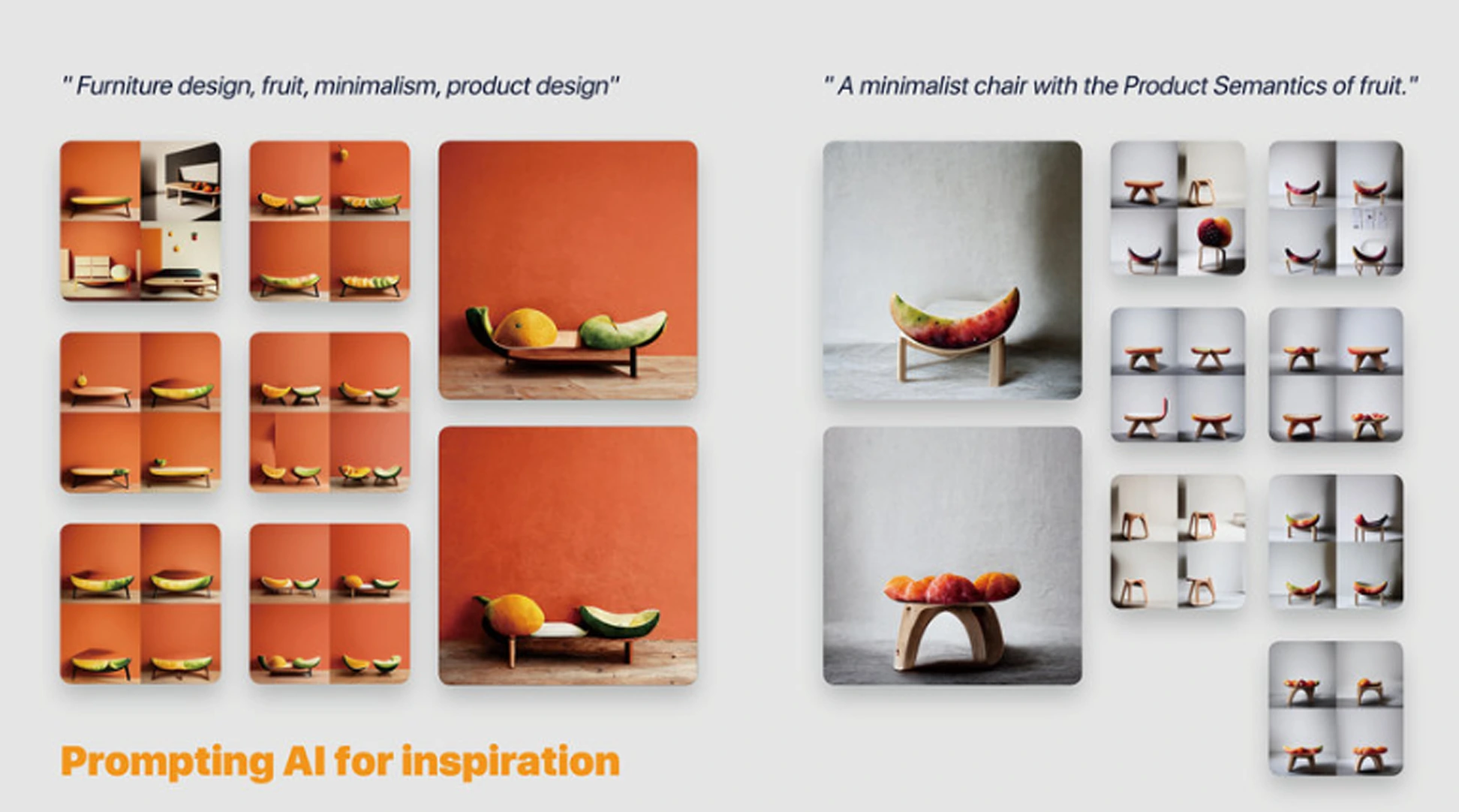
Prompting AI for Inspiration fig 01 | Source: core77
AI plays a crucial role in personalizing and customizing designs based on both designer and consumer needs. Through continuous prototyping and real-time user feedback, designers can create perfect iterations and make dynamic adjustments throughout the product life cycle.
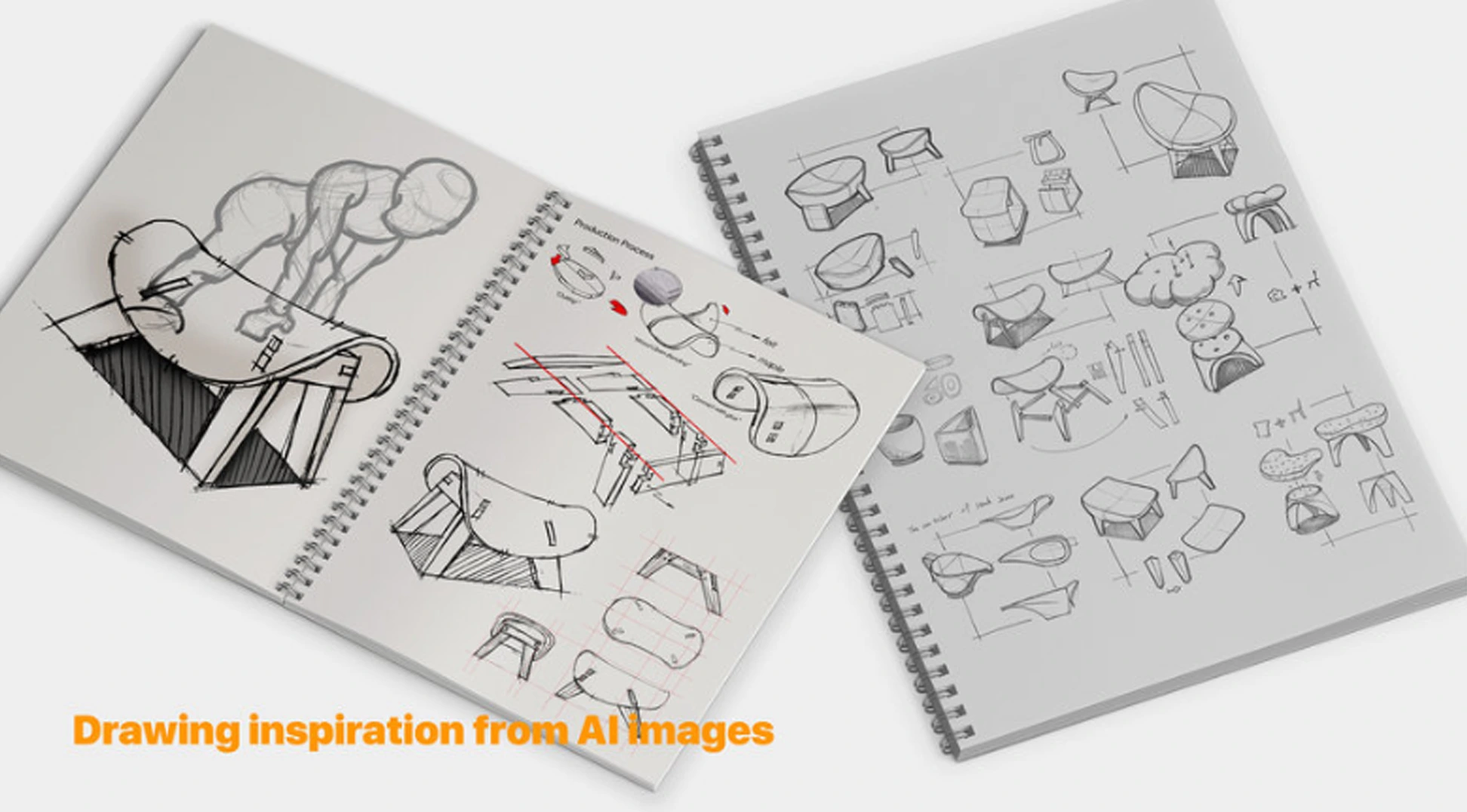
Prompting AI for Inspiration fig 03 | Source: core77
Tools like Zeplin and Midjourney enhance this process by integrating text and sketches to generate visual content, while automating design organization and tagging. These tools improve communication between designers and developers, ensuring a streamlined and efficient design process.
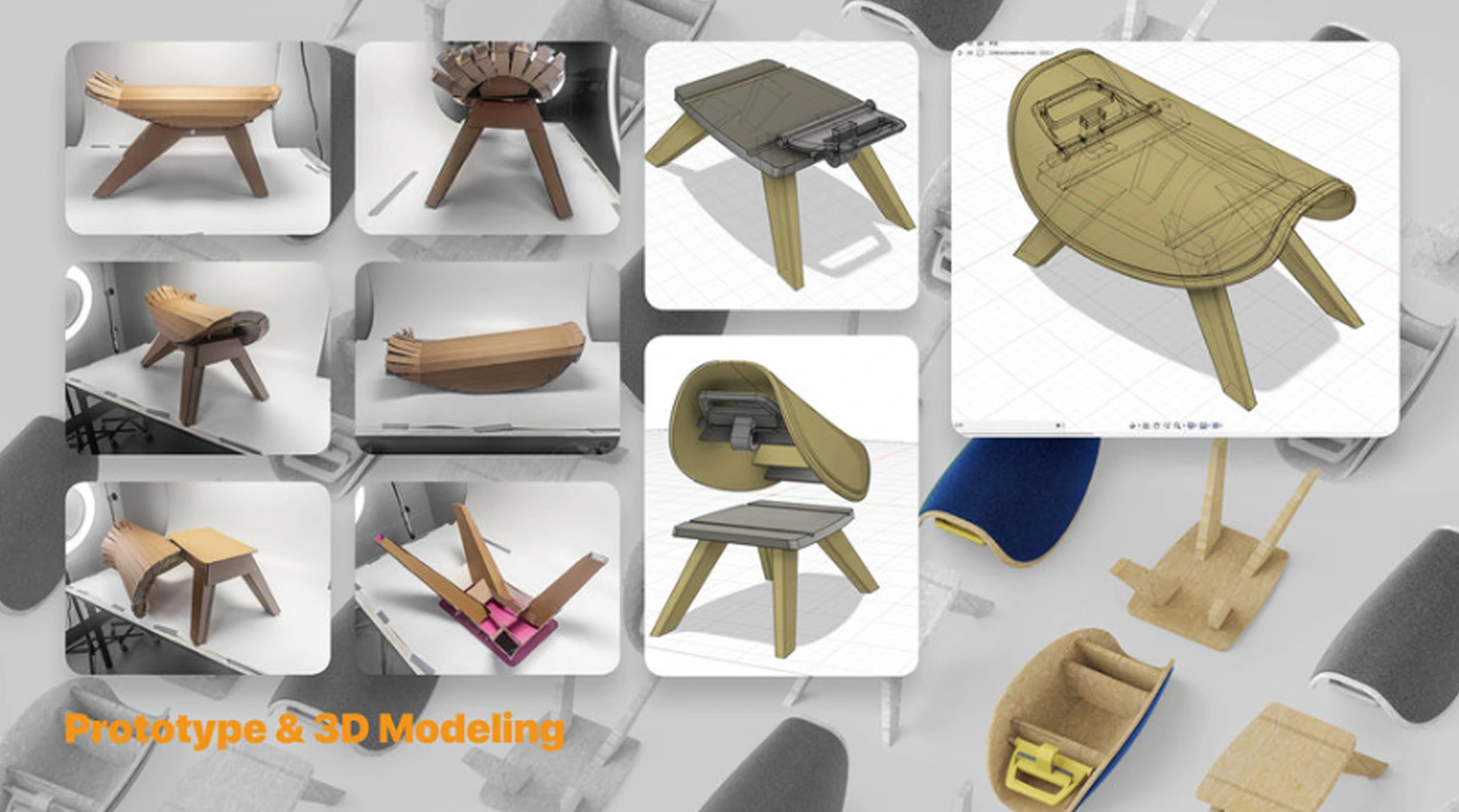
Prompting AI for Inspiration fig 03| Source: core77
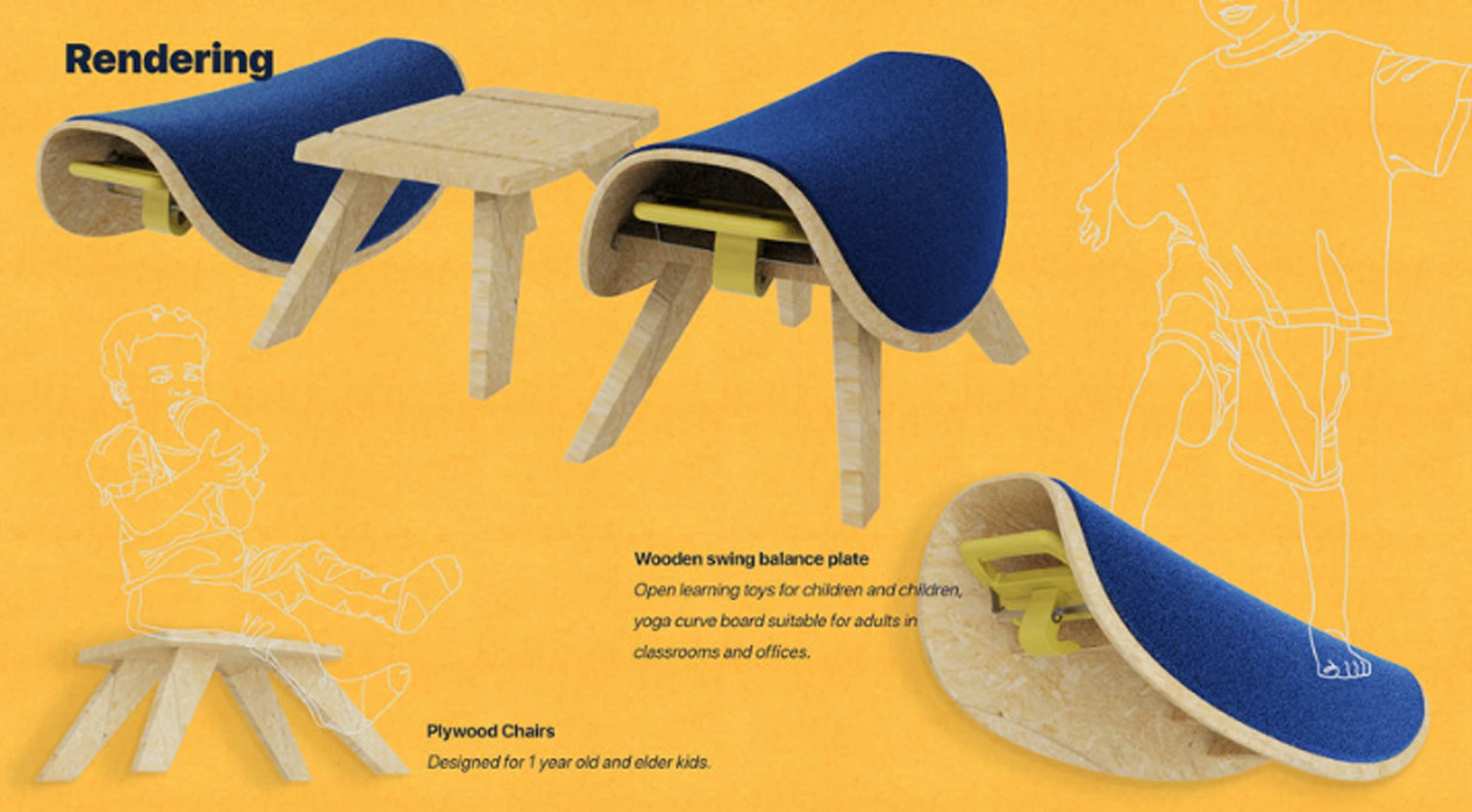
Prompting AI for Inspiration fig 04 | Source: core77
The Impact of AI Beyond Functionality
Shaping New Design Paradigms

Prompting AI for Inspiration | Source: core77
AI is reshaping design paradigms by transitioning from a functional tool to an innovative creative asset. By analyzing vast datasets, AI allows designers to explore new forms and aesthetics, pushing creative boundaries.
Rather than merely assisting with traditional tasks, AI now enables designers to specify outcomes based on intention, driving dynamic and inventive design solutions.
Collaboration Between AI and Designers
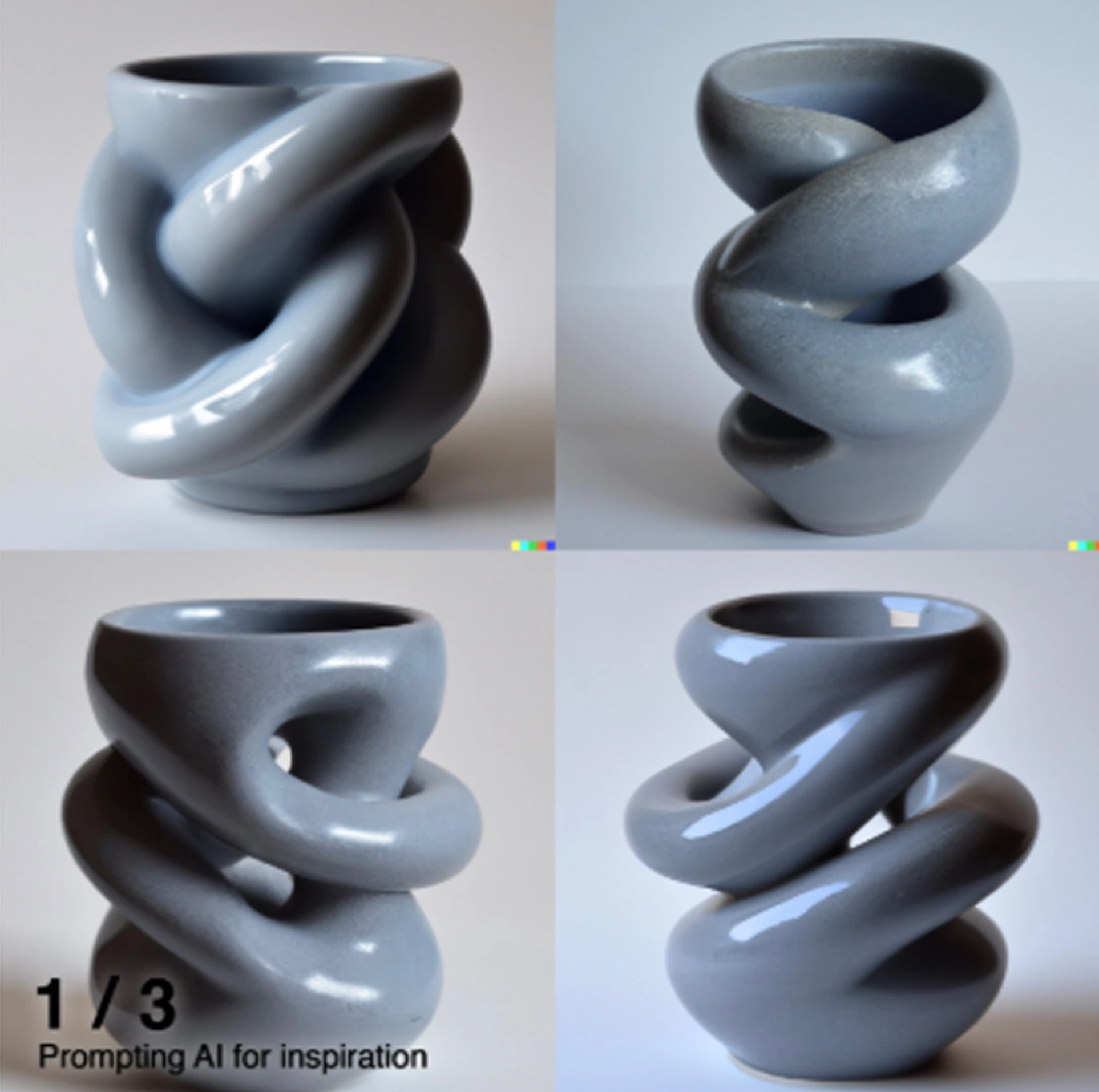
AI Generated Console design | Source: boardofinnovation
Rather than replacing human creativity, AI acts as a co-creator, amplifying designers’ skills. Designers leverage AI to explore new techniques, refine ideas, and make more informed decisions, fostering a collaborative approach to design.
Potential Challenges With AI Tools in Product Design
Despite its transformative potential, AI in product design presents several challenges. One key issue is the reliance on data quality; inaccurate or biased data can lead to flawed design outcomes. Additionally, AI-generated solutions may lack the emotional intelligence and cultural nuances that human designers bring, resulting in less relatable products.
The complexity of integrating AI tools into existing workflows can also be a hurdle, requiring significant training and adaptation. Furthermore, overdependence on AI might stifle creativity and originality, as designers may lean too heavily on automated suggestions. Balancing human intuition with AI-driven insights is crucial to overcoming these challenges and ensuring innovative, user-centered designs.
Will AI Replace Designers?
AI is not a threat to designers but a tool to enhance their creativity. While AI can automate tasks and analyze data, it cannot replicate human intuition, empathy, or cultural understanding. Many businesses expect AI to increase, not decrease, the number of employees, particularly in product and service development.
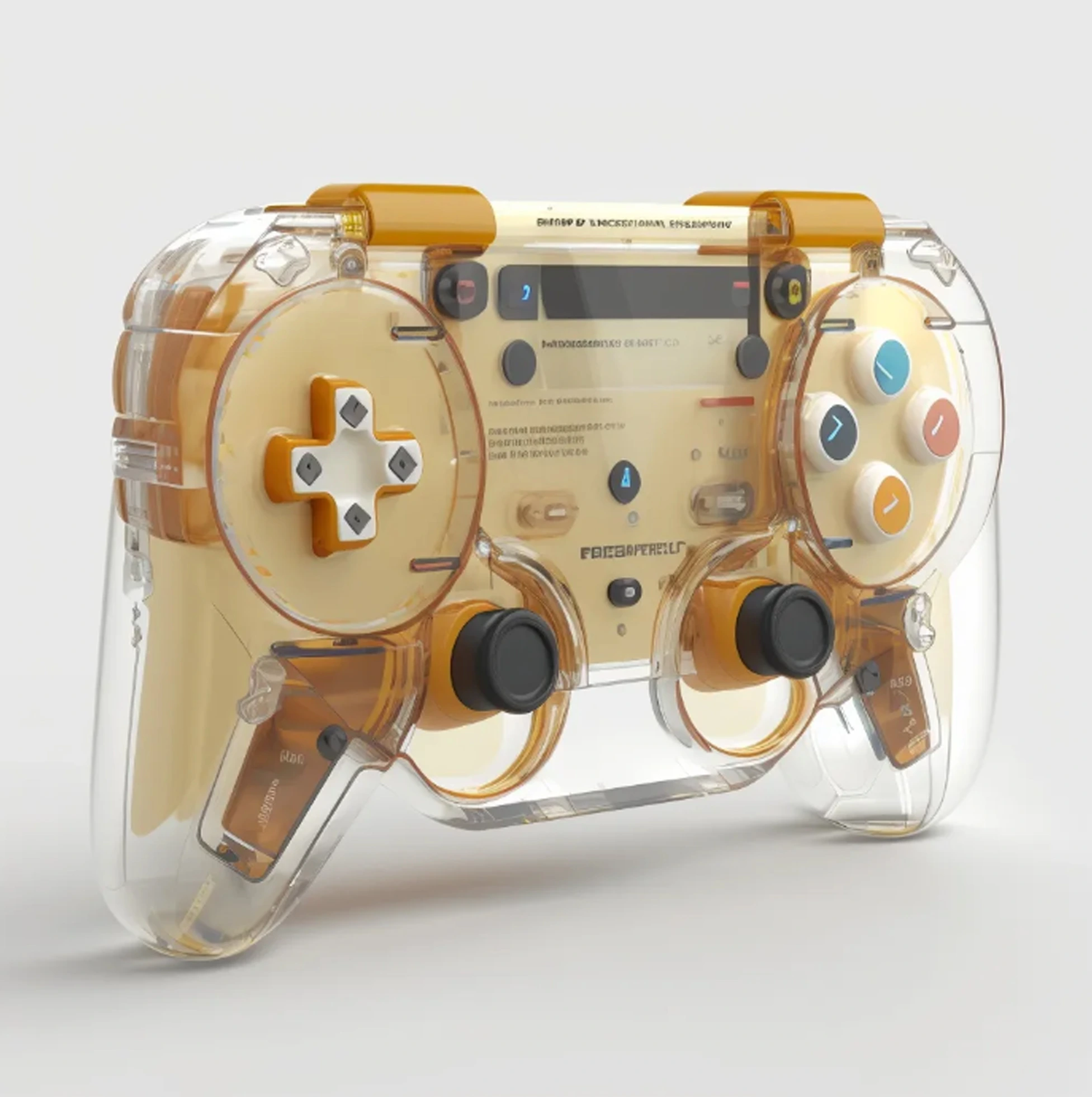
AI Generated Empathy Map for a cup | Source: Author
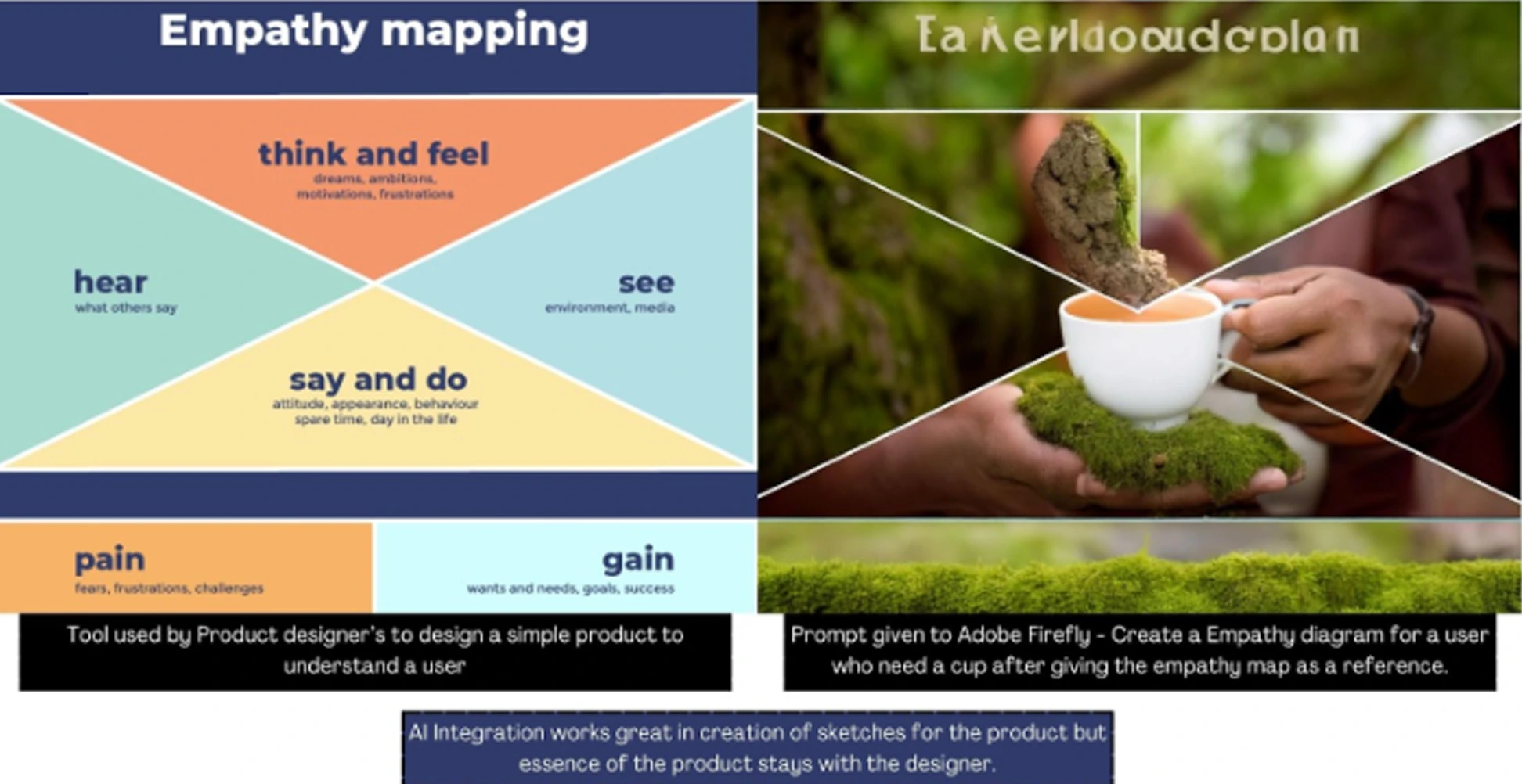
Prompt: Product designer sketching with the help of AI on a windows screen | Source: Firefly generated, Author
To thrive as a product designer, mastering AI and using it to create meaningful value for end users is essential. The future of product design lies in the collaborative effort between AI and human creativity, leading to more innovative, personalized, and efficient design solutions. As AI continues to evolve, its role in the design process will only grow, pushing the boundaries of what is possible in product design.
References
https://www.youtube.com/watch?v=e0TRzw04EzY
https://medium.com/@design.bymartina/the-evolving-role-of-product-designers
https://elvtr.com/blog/6-essential-ai-tools-for-product-designers
https://www.toptal.com/designers/product-design/infographic-ai-in-design
https://rescale.com/blog/ai-in-engineering-the-impact-of-ai-on-product-design-and-development/
https://blog.mitsd.edu.in/The-Impact-of-Artificial-Intelligence-on-Product-Design.php
